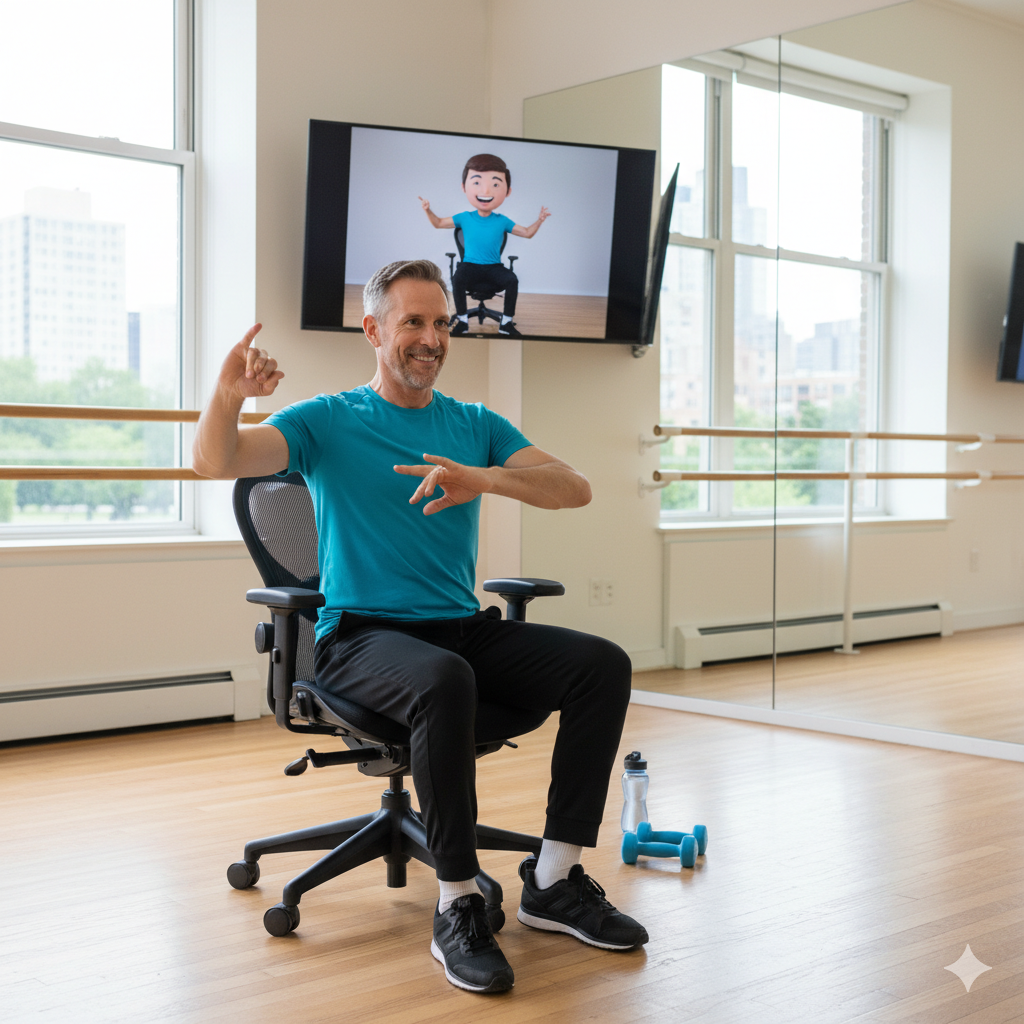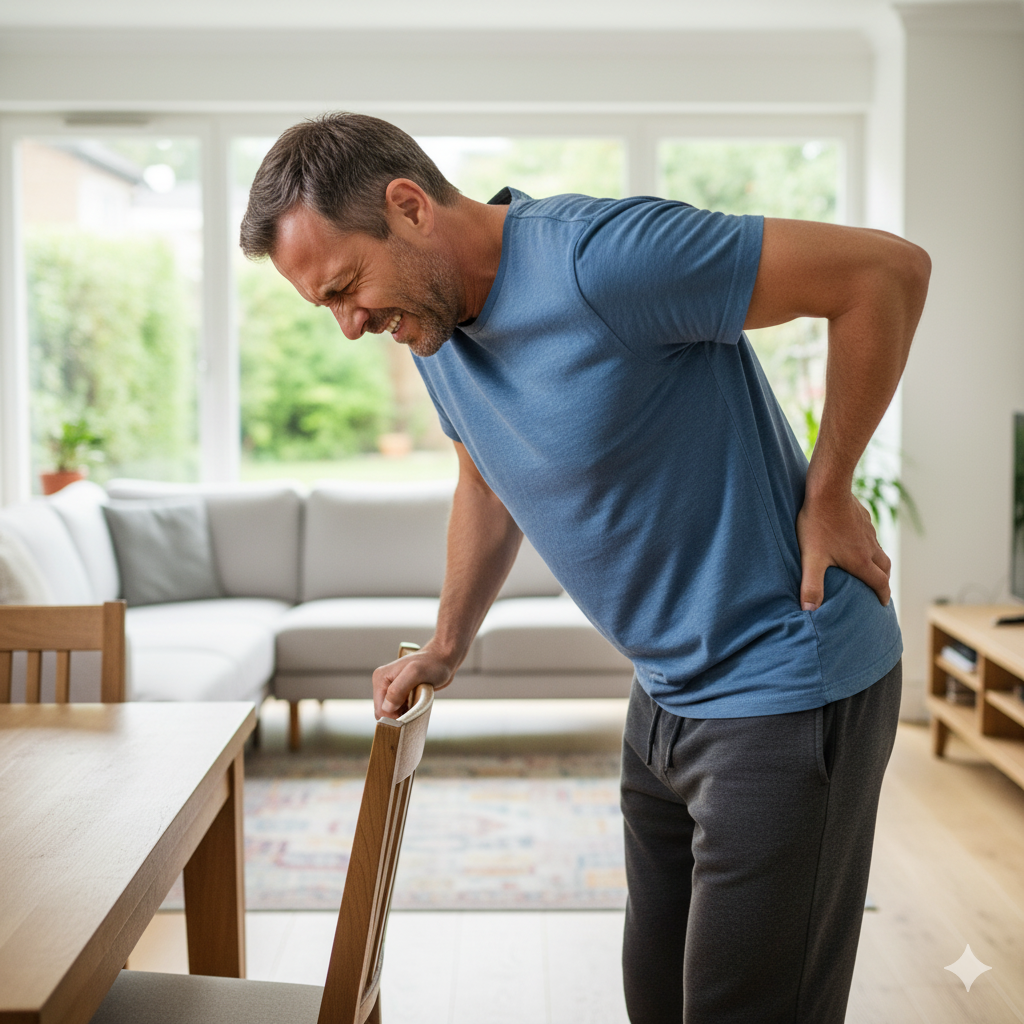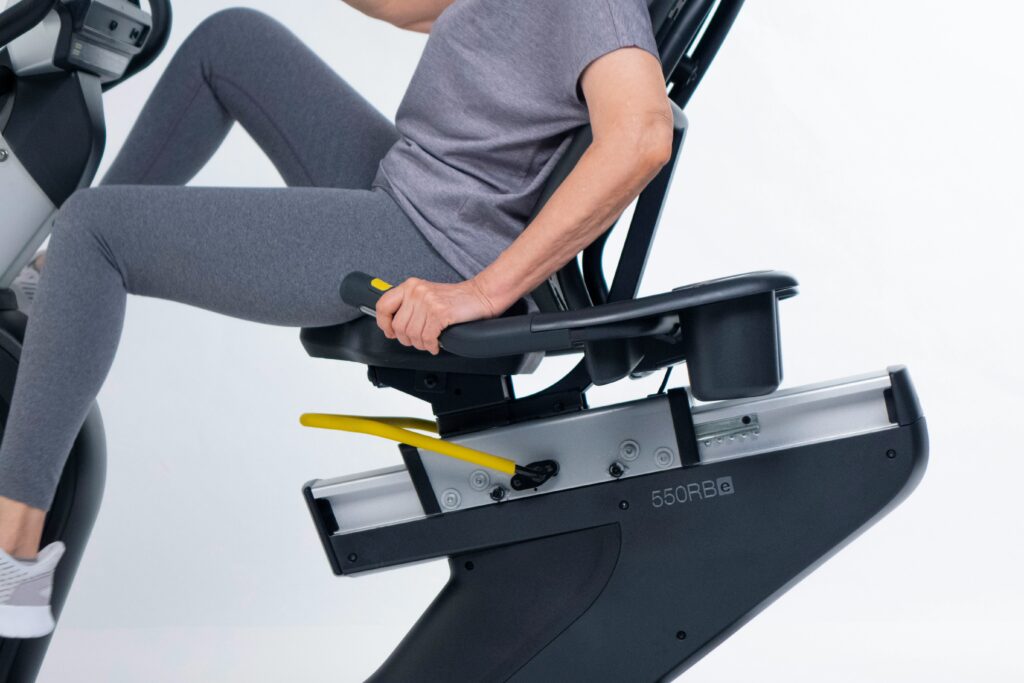Seated salsa is emerging as a simple yet powerful exercise for those seeking relief from persistent lower back pain—a condition affecting over 619 million individuals worldwide. With sedentary lifestyles, prolonged desk work, and reduced physical movement on the rise, more people experience chronic lower back discomfort. Fortunately, seated salsa offers a practical, accessible solution that requires no equipment and can be performed right at your desk.

In this comprehensive guide, we’ll explore the science behind seated salsa, step-by-step instructions, expert opinions, and the wide array of benefits it provides—not only for chronic pain sufferers but for anyone invested in maintaining back health.
Table of Contents
- Understanding Lower Back Pain
- What Is Seated Salsa?
- Scientific Insights: Why Movement Matters
- The Anatomy of the Lower Back and Pelvis
- How to Perform Seated Salsa
- Benefits of Seated Salsa for Back Pain
- Seated Salsa and Office Ergonomics
- The Importance of Movement at Work
- Seated Salsa for Older Adults and Limited Mobility
- Expert Opinions: What the Science Says
- Integrating Seated Salsa into a Daily Routine
- Frequently Asked Questions About Seated Salsa
- Additional Resources & References
Understanding Lower Back Pain
Lower back pain stands as the leading cause of disability around the globe, impacting people of all ages and backgrounds. Characterized by discomfort, stiffness, or sharp pain felt between the lower ribs and the buttocks, the broad spectrum of lower back pain can stem from injuries, poor posture, excess weight, aging, genetic predisposition, or prolonged inactivity.
According to the World Health Organization, nearly 840 million people may be affected by 2050. The bottom two lumbar vertebrae, supported by strong ligaments and cartilage discs, often bear the brunt of motion and support, making them prone to injury and pain.
Various evidence-based risk factors include:
- Sedentary desk or computer work
- Excess body weight
- Smoking
- Poor core strength
- Family history of musculoskeletal conditions
Understanding these risks is essential for effective prevention and management.

What Is Seated Salsa?
Seated salsa is a rhythmic, gentle motion that involves rotating your pelvis from side to side, mimicking the hip movement used in salsa dancing—all performed while seated. Unlike more strenuous stretches that can require standing or lying down, this movement is practical and accessible for people with limited mobility, office workers, and even seniors.
Developed through clinical observation and piloted at Manchester Metropolitan University’s Movement Unit, seated salsa allows nearly anyone to keep their lower spine active, break the pain-stiffness cycle, and enhance lower back flexibility.
Scientific Insights: Why Movement Matters
Staying still, especially sitting for long periods, can exacerbate low back pain by causing muscles to stiffen and spasm. Historically, doctors advised bed rest for back pain. Modern research, however, suggests that gentle movement, when performed safely, hastens healing and reduces pain recurrence (Harvard Health).
When the back muscles become immobile due to pain or inactivity, a vicious circle of increasing stiffness and discomfort develops. Breaking that cycle is crucial—not just for pain relief, but also for preventing future injuries.
A 2022 review in the Journal of Orthopaedic & Sports Physical Therapy highlighted that regular, moderate activity lowers the risk of chronicity for low back pain, and seated salsa is a gentle yet targeted solution.

The Anatomy of the Lower Back and Pelvis
To appreciate how seated salsa works, it’s helpful to understand the relevant anatomy:
- Lumbar Spine: The five vertebrae in the lower back, particularly the bottom two, bear most of the upper body’s weight and are often the most affected by pain.
- Intervertebral Discs: Spongy cartilage discs cushion each vertebra, absorbing shock from everyday movements.
- Ligaments: Thick bands anchor these vertebrae to the pelvis, adding stability but also contributing to stiffness if not regularly moved.
- Muscles: The local “core” muscles stabilize and move the spine, but they can go into a protective spasm when pain arises.
By targeting these structures, seated salsa encourages subtle, natural movement, reduces spasm, and restores healthy function.
How to Perform Seated Salsa
Practicing seated salsa is easy and requires no special skills or equipment. Follow these step-by-step instructions:
Step-by-Step Seated Salsa Exercise
- Sit Upright: Place both feet firmly flat on the floor, knees and thighs together, back straight but relaxed.
- Position Yourself: Rest your hands gently on your thighs; keep shoulders relaxed and square.
- Start the Motion:
- Phase 1: Keeping your shoulders still, push your right knee slightly forward while you slide your left knee back.
- Phase 2: Switch so your left knee now moves forward as your right knee moves back.
- Repeat: Continue this gentle, salsa-like rocking motion for one minute. Repeat every 30 minutes throughout your sitting time if possible.
- Breathe: Keep your breathing normal, avoiding any breath-holding.
It’s a subtle movement—your coworkers may not even notice! Pay attention to any sensations of pain; if you experience sharp or new discomfort, stop and consult a healthcare professional.
Benefits of Seated Salsa for Back Pain
Introducing seated salsa into your daily routine can offer a wealth of advantages:
1. Reduces Lower Back Stiffness
Gentle rotational movement helps release spasmed muscles and increase blood flow.
2. Improves Core Stability
Small, controlled movements activate the deep core stabilizers supporting the lumbar spine.
3. Prevents the Vicious Cycle of Inactivity
By breaking prolonged periods of stillness, seated salsa reduces the risk of developing chronic stiffness and pain.
4. Adaptable for All Abilities
Whether you’re a desk worker or have limited mobility, seated salsa can be safely performed without needing to stand or switch positions.
5. Promotes Healing and Recovery
Research shows that incorporating regular movement increases the chances of recovery from back pain (NHS).
6. Convenient at Work or Home
No equipment, mat, or change of clothes is required—just a chair!
Seated Salsa and Office Ergonomics
Sitting for long stretches can compress spinal discs and weaken postural muscles. Even with ergonomic chairs, humans are not built to remain static all day. Triggering gentle rotation with seated salsa allows intervals of micro-movement, reducing cumulative stress and bringing your spine back to more natural function.
A recent Harvard Health report recommends breaking up inactivity every 30–60 minutes, reinforcing the value of exercises like seated salsa.
The Importance of Movement at Work
Workplace wellness programs increasingly advocate for movement breaks to counteract the detrimental effects of prolonged sitting. According to the Centers for Disease Control and Prevention (CDC), musculoskeletal disorders are one of the leading causes of lost workplace productivity.
Incorporating Seated Salsa at Work:
- Set a timer for every 30–45 minutes.
- Remind yourself to perform one minute of seated salsa.
- Pair salsa with hydration or deep-breathing breaks.
Maintaining micro-movements ensures sustained spinal health without disrupting workflow.

Seated Salsa for Older Adults and Limited Mobility
Older adults and those recovering from surgery or injury may find standing exercises challenging. Seated salsa offers a safe alternative, encouraging gentle movement without straining vulnerable joints or risking falls.
As Dr. Jugdeep Dhesi, president

